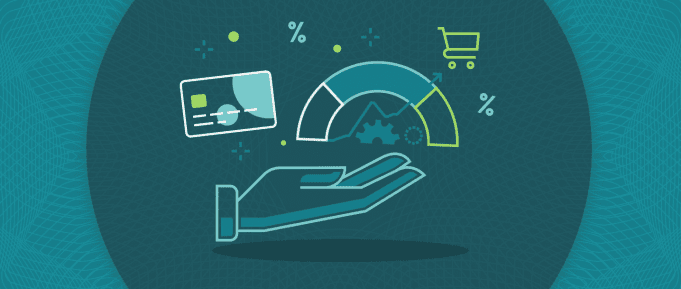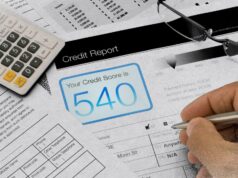A lot of individuals are affected by bad credit. As terrible as this can be, it is not permanent. Various factors are responsible for bad credits. However, one that tops them all is your debt. Although it is not just enough to reduce your debt, you need to come up with ways to get the best credit score possible. It requires you to think deeply about how you want to go about it.
For those that have bad credit and are not familiar with the ways on how to get the best possible score, we’ve made a little guide that will help you.
If you are interested in having good credit, keep reading this article for some great advice.
What Does Credit Utilization Mean?
One of the categories that is used to weigh your credit score is credit utilization. Using the FICO score model, 30% of your total score is derived from the “Amounts Owed” section, which comes after your “Payment History.”
It determines how an existing credit is being used by an individual, which defines his or her financial accountability. It defines the rate at which an available credit is used. For example, if you have a total balance limit of $42,000 on all your credit cards, and your outstanding balance is $18,000, your credit utilization percentage would be 42%.
A majority of financial experts advise retaining credit utilization percentage at 30% or less. Should it become higher than that, potential lenders may be forced to believe that you are in financial distress.
We know that it is tempting to spend money if you have an opportunity to do that, but you shouldn’t do that every month. You should be reasonable and careful with your credit cards and spend only on things that you really need. Spending vast amounts of money on unnecessary items can lead you to debt and can hurt you in the future.
If you max your credit all of the time, you can be flagged, and you will have a difficult time getting a loan or even insurance.
Types of credit utilization ratio
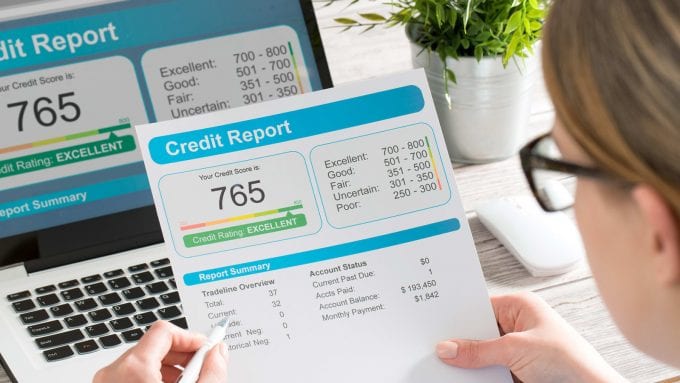
Pre-card and overall are the two types of credit utilization ratios.
The pre-card type measures how much credit limit you are using on one credit card. And overall utilization type measures all your cards and their limits.
If you are asking yourself now which one type is more important – they both are. For a good credit score, you need to think about every single card, the limits, and your spendings. Credit scores consider both types of credit utilization ratios.
Depending on your motives, a new credit card can help, but your score will still be bad if you have another card that is maxed out.
The best thing is to use every card that you have but do go over 30% of the credit limit on any one of them.
Improving Your Credit Score Via Debt Reduction
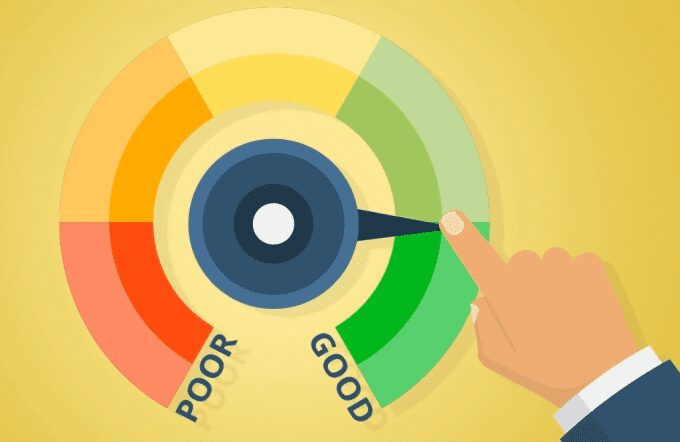
Asides from your credit utilization percentage being affected by debt, one’sone’s ability to access future loans can be hindered. Here are some guidelines that would help you improve your credit score.
Pay Off Your Previous Debts
If you have any late payment that has exceeded 30 days, you can be assured that such payments have been included as negative items on your credit report. The longer you are waiting, the more detrimental this becomes to your account. Hence, you need to sort your late payments.
As long as such outstanding balances can be paid, ensure you do so. Another option for you is to write a pay-for-delete letter, which helps get rid of your negative item once you make payments. On the other hand, if this payment is exceptionally bulky, you can negotiate with your creditor to pay a lower sum.
Start paying mid-cycle

A very easy way to touch upon your credit utilization ratio is to start paying your balance mid-cycle, twice a month. This trick will keep you below the highly desirable 30 % credit utilization ratio. And the best thing is that you can set up an automatic payment that will happen twice a month, and you don’t need to think about it ever again.
Reduce Your Credit Balance
Most creditors view credit card debts as being less favorable, unlike a car loan or mortgage. The reason for that is that these debts have no time limit. A mortgage is being spread for years. However, with revolving credit debts, creditors can’t specify the outcome of one’s overall payment. Hence, it would be best if you minimized your credit balance.
Keep in mind that your credit utilization ratio is affected by your credit card debt. To begin with, pay off your maxed-out credit cards first and move on to the rest. Doing this can help improve your credit score.
Get A Credit Card With A Larger Line Of Credit
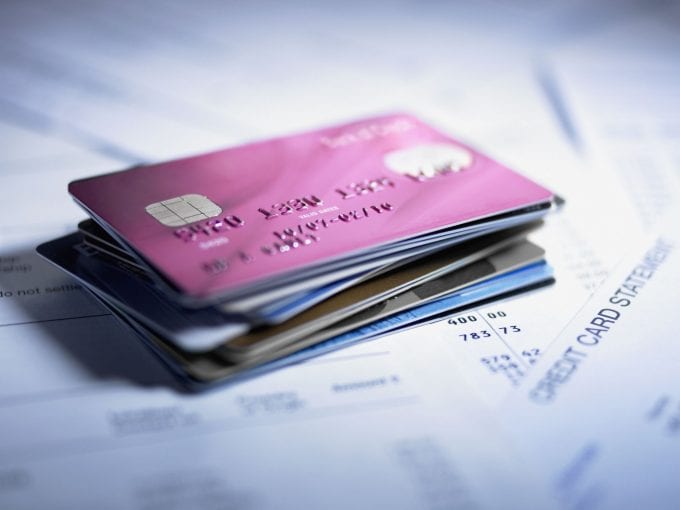
It can be done after you have achieved the tips discussed above. All you need to do is to get in touch with your credit card company – one where you have a good reputation. You can request for a higher credit line. For example, if you typically borrow $5,000, you can ask for a credit line of $10,000.
By doing so, you will have a lower credit utilization percentage without making extra payments on your remaining balance. And a great way to learn more information about improving your credit utilization ratio can be found on this link: CreditRepairCompanies.com.
We hope that we cleared this topic a little bit for you and that now you know the basics of a credit utilization ratio. Using the previous tips, you will be able to have a good utilization ratio and easily apply for loans, insurance, etc.

